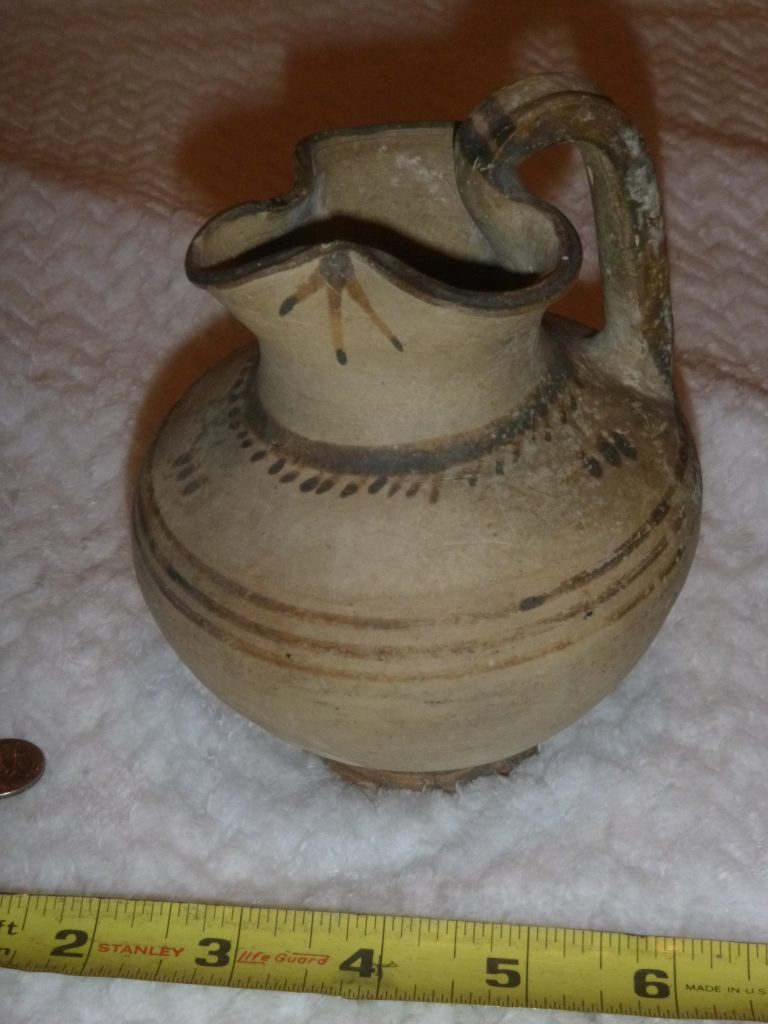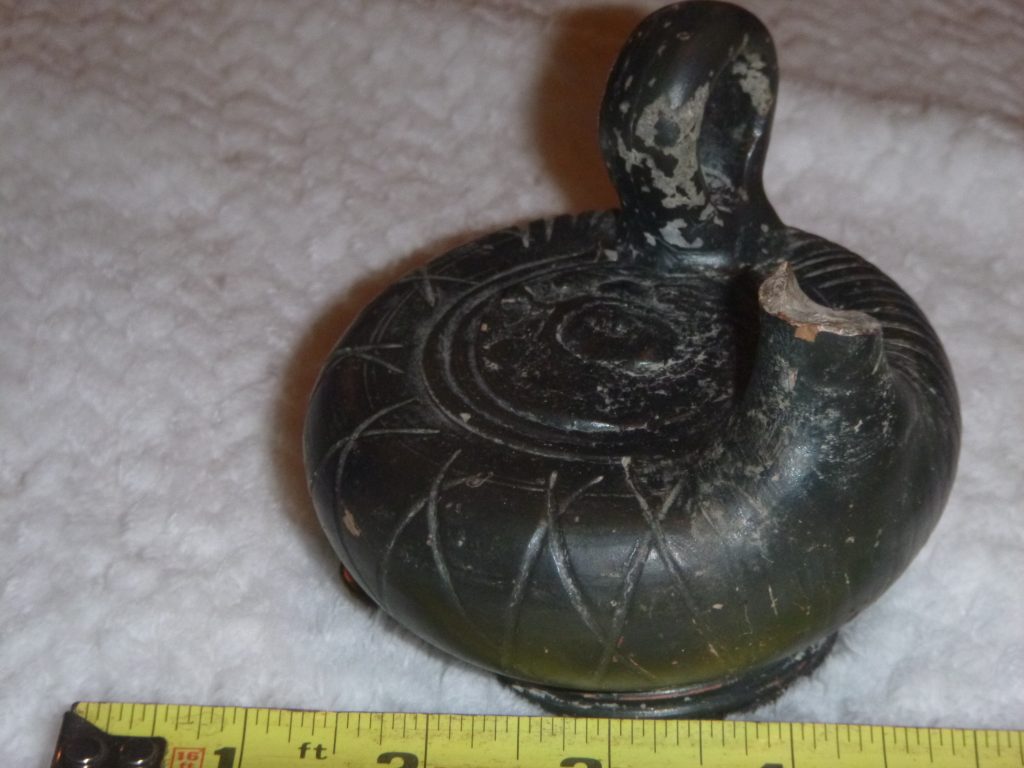Last December, we reported a man by the name of John Gomperts who voluntarily returned 19 pieces of ancient art in their country of origin after having googled the question “How do you repatriate antiquities?” By sharing his story, he hoped to inspire others to make the same decision.
He has, it turns out. After reading about Gomperts’ efforts, another man, Jay Stanley, handed over 30 ancient artifacts to Italy.
Stanley, a database engineer in Ben Lomond, Calif., found the items in a closet at his recently deceased father’s home, according to the Guardian, who first reported the story. But with the discovery came a dilemma: “It was in the back of my mind,” he told the outlet. “What am I going to do with these things?” »
The group of relics, all terracotta vases and figurines, were likely bought from open-air markets in Italy, where Stanley’s family lived for 10 years during his youth. However, he didn’t know much else about the coins, including their age and value.
So he contacted Dr. Christos Tsirogiannis, a forensic archaeologist and antiquities trafficking ring expert who had helped Gomperts.

Courtesy of Christos Tsirogiannis.
“The Stanley case is almost identical to that of Gomperts; only antiquities were different,” Tsirogiannis, head of research on illicit antiquities trafficking for the Unesco Chair on Threats to Cultural Heritage at the Ionian University of Corfu, told Artnet News in an email. “For me it was important that the return of Mr. Gomperts’ antiquities…became an example for others to follow. I am very happy that Mr. Stanley contacted me.
After looking at photos of the objects, Tsirogiannis concluded that “30 pieces were Greek antiquities from the Italian peninsula dating from the 6th to 3rd centuries BC” (Among the collection were also “few Latin American and modern objects,” the expert explained.) The coins weren’t particularly valuable, but for the archaeologist, that didn’t matter.
“I asked for any documentation related to any of the objects or any information on their provenance. There was nothing,” says Tsirogiannis. “I then advised Mr. Stanley to deliver the original Italian antiquities to the nearest Italian consulate and to seek advice from local Californian museums on the authenticity and origin of the rest of the objects.

Courtesy of Christos Tsirogiannis.
THE The Italian Embassy in Washington, D.C., with which Tsirogiannis had worked in the Gomperts case, recommended that Stanley send the artifacts to its offices. They arrived about two weeks ago, completing the repatriation process.
“My conscience is clear,” Stanley told the Guardian, reflecting on his decision. “That’s the big win.”
“Mr. Gomperts and Mr. Stanley are wonderful examples of honest people who repatriated antiquities with no provenance, no documentation, and who were – in the Gomperts case – linked to shady dealers,” Tsirogiannis added.
“I was very happy to help and advise them and I will do the same for each individual who would like to verify the provenance of the objects they own, helping them to make the best, most ethical and most responsible decision. safe in every case.
More trending stories:
Follow Artnet News on Facebook:
Want to stay one step ahead of the art world? Subscribe to our newsletter to receive breaking news, revealing interviews and incisive reviews that move the conversation forward.
